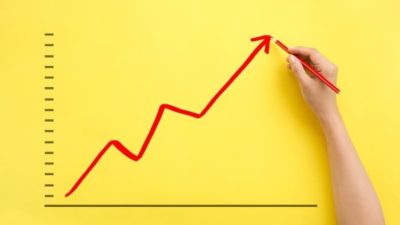The S&P/ASX 200 Index (ASX: XJO) had a rough trot in 2022, but these lithium shares were on fire.
That's despite multiple notable lithium sell-offs occurring over the course of the year. Readers might remember the massive tumble suffered by market favourites in June, seemingly spurred by Goldman Sachs' bearish outlook for the battery-making material.
Ultimately, though, most lithium stocks managed to regain their losses, and then some, amid the material's soaring price. Indeed, one gained a whopping 73% over the course of 2022.
Meanwhile, the ASX 200 dumped more than 5% last year while the S&P/ASX 200 Materials Index (ASX: XMJ) rose around 5%.
So, without further ado, here are the three ASX 200 lithium shares that posted the biggest gains in 2022.
2022's top-performing ASX 200 lithium shares
Taking out the top spot was none other than Core Lithium Ltd (ASX: CXO).
The company certainly proved popular among ASX investors – they bid the stock 73% higher over the year to 31 December, ending 2022 at $1.02.
Core Lithium announced the maiden lithium shipment from its flagship Finniss Project had set sail shortly after 2023 began. The project's first spodumene concentrate production is expected to occur this half.
The next best performer was Sayona Mining Ltd (ASX: SYA). It gained a whopping 46% last year to reach 19 cents.
But for most of the year, the company's inclusion in this list looked unlikely. The lithium share wasn't added to the ASX 200 until September.
But now it's here, and the future looks bright. The company is expecting to restart production at its North American Lithium operation in the current quarter.
Taking out third place are shares in ASX 200 giant Mineral Resources Ltd (ASX: MIN).
Stock in the miner and mining services provider surged 38% to reach $77.20 over the course of 2022.
Mineral Resources restructured its business last year, shaping it into four pillars: mining services, iron ore, energy, and lithium.
It later hit headlines amid rumours the company was to spin out its lithium segment – believed to be behind at least 50% of its value.









